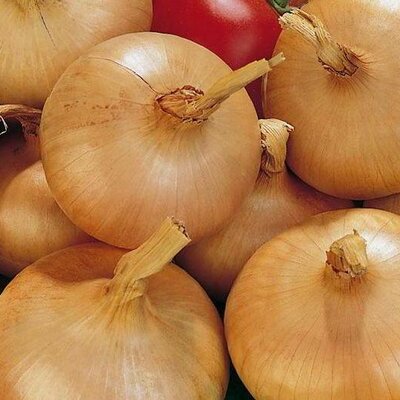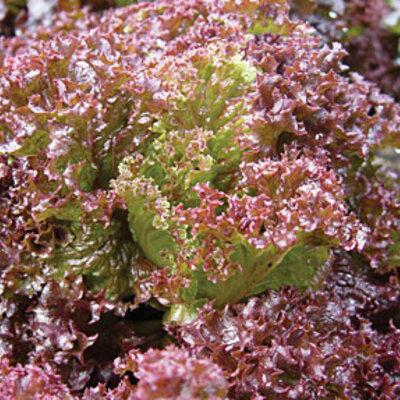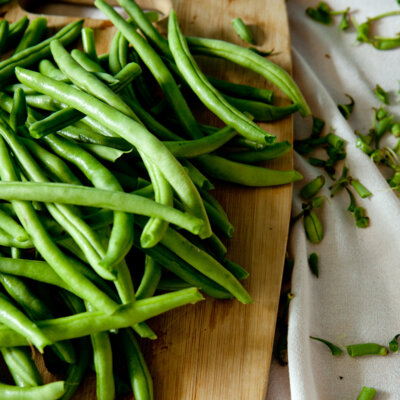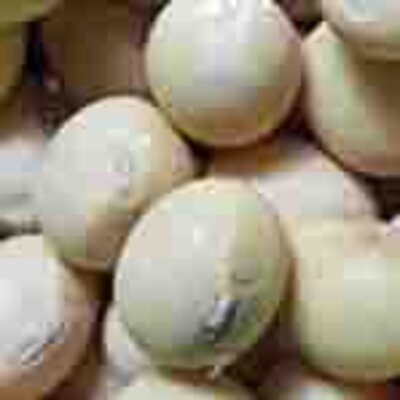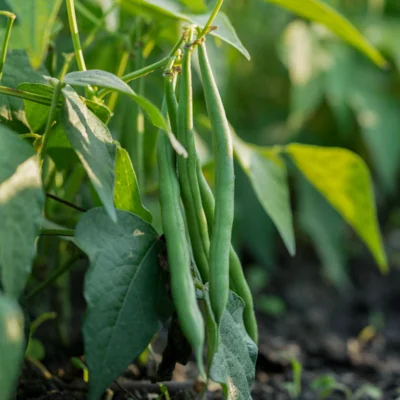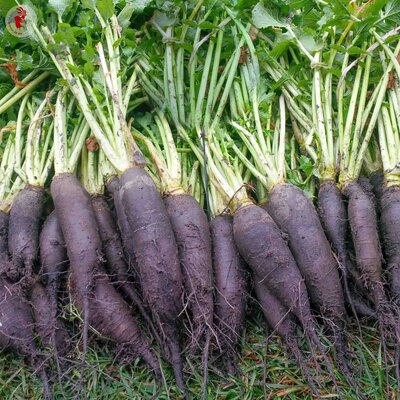
Noir Long de Caluire - Turnip
This low-insect-susceptibility variety produces elongated, white-fleshed roots with a tender, creamy texture and excellent sweet flavor.
Can be sown from July to August.
Characteristics of the Noir Long de Caluire turnip
Caluire Long Black Turnip, Brassica rapa, is an early variety of root vegetable native to the Lyon region of France. Also known as "Long Black", it was used as a starting stock for the selection of the "Navet de Pardailhan" variety in the Hérault region in the 18th century.
Caluire Long Black turnip plants grow up to 30 cm tall. Its black-skinned roots, 20 to 40 cm long, contain tender flesh with a mild, sweet flavor. They are known for their good shelf life and resistance to cold.
Growing the Long Black Caluire turnip
Sow this autumn variety in summer, from July to August, for harvesting before the first frosts.
Sow lightly, directly in the ground, in rows 25 to 30 cm apart. Cover seeds lightly, press down and keep seedlings moist until emergence. Seeds generally germinate in 5 days, at temperatures between 15 and 21°C. Thin to 10 cm when plants have 5 to 6 leaves.
Turnips do not appreciate drought, as it makes their roots fibrous. Water regularly in hot weather.
In the vegetable garden, turnips enjoy the company of lettuce, tomatoes, peas, carrots and dill. However, like most Brassicaceae, it's best to keep it away from garlic.
Harvesting and storing the Caluire Black Long turnip
This semi-hardy variety is harvested around 2 months after sowing, from May to November.
The Noir Long de Caluire turnip is best suited to autumn and winter harvests, but can also be sown in spring for earlier harvests.
For winter storage, harvest this turnip before the first frosts, from September to November. After drying for a few days, removing the tops and wiping dry, the selected roots are buried in a sheltered place, such as a cellar or silo, in sand or sawdust. They will then keep for 2 to 4 months.
Turnips can also be left in the ground, protected from frost with a good mulch.
Like white cabbage, turnips can also be preserved finely sliced and pickled in jars to make "turnip sauerkraut".
How to cook black turnips
This turnip, with its white, tender, sweet flesh, can be cooked in a variety of ways. In the oven, frying pan, saucepan or pressure cooker, the root can be enjoyed raw, cut into thin slices, cooked as a purée or served with meats, mushrooms or fruiting vegetables.
These products may also be of interest to you
in the ground
Sow lightly, directly in place, after the last frosts, in rows 25-30 cm apart. Cover seeds lightly, press down and keep soil cool. Thin to 10 cm when plants have 5 to 6 leaves.
Turnips do not appreciate dryness, which makes their roots fibrous. Regular watering is therefore recommended. Roots kept for the winter should be harvested before the first frost and stored in a cellar. They can also be left in the garden, protected from frost, but beware of pests.
July, August, September
September, October, November, December
in the ground
semi-shade, sunny
medium
humus
fees, wet, rich
Brassica rapa
early
From 800 to 1000 g
500 seeds
elongated
tender
Black
From 60 to 100 cm
From 20 to 40 cm
France
Inconnue
This ancient variety originated in the Lyon region of France. It is also known as "Long Black". This variety was used as a starting stock for the "Pardailhan turnip" in the Hérault region. It is also known as "Long Black".



